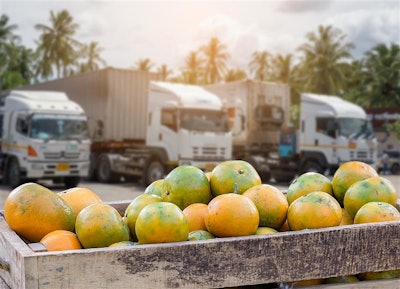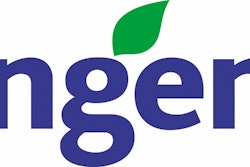
March through May of 2020 exposed dire issues in the supply and cold chains, causing farmers to dump stocks of milk, throw out unused crops and even euthanize live stock. The Foundation for Food & Agriculture Research announces an investment into Purdue University for the creation of digital dashboards to show real-time statuses of the food chain to prevent food crises. With Microsoft also involved, providing matching funds, the hope is to prevent issues that happened last spring from happening again.
From the Foundation for Food & Agriculture Research:
- The Foundation for Food & Agriculture Research (FFAR) is awarding a $221,743 grant to Purdue University to create a series of open-access online dashboards that help quantify and illustrate potential disruptions to the food supply chain. The dashboards will focus on COVID-19 but have the flexibility to be tailored to suit future market disruptions.
- Microsoft is providing matching funds for a $506,743 total investment, in addition to supplying cloud technology, business intelligence, artificial intelligence and machine learning tools.
- Purdue University researchers led by Jayson Lusk developed a preliminary Food and Agriculture Vulnerability Index Dashboard that quantifies the potential risk to the US food supply of COVID-19 illnesses among farm and agricultural workers. Purdue University researchers are expanding the dashboard to include metrics displaying potential economic loss from outbreaks and county-level estimates of COVID-19-impacted workers. The expansion will also add data on specific produce. The researchers are creating new dashboards focusing on the location of food processing centers and local COVID-19 cases, commodity-specific data on changes in supply, and food prices and produce availability at retailers. The dashboards will rely on curated, open-access data to increase transparency and collaboration.
“The coronavirus pandemic has highlighted the need for easily accessible data on potential vulnerabilities in the food supply chain,” says FFAR executive director Sally Rockey. “This research is exposing those vulnerabilities in real time, providing policy makers and industry with the information needed to prevent bottlenecks and ensure food security.”




















